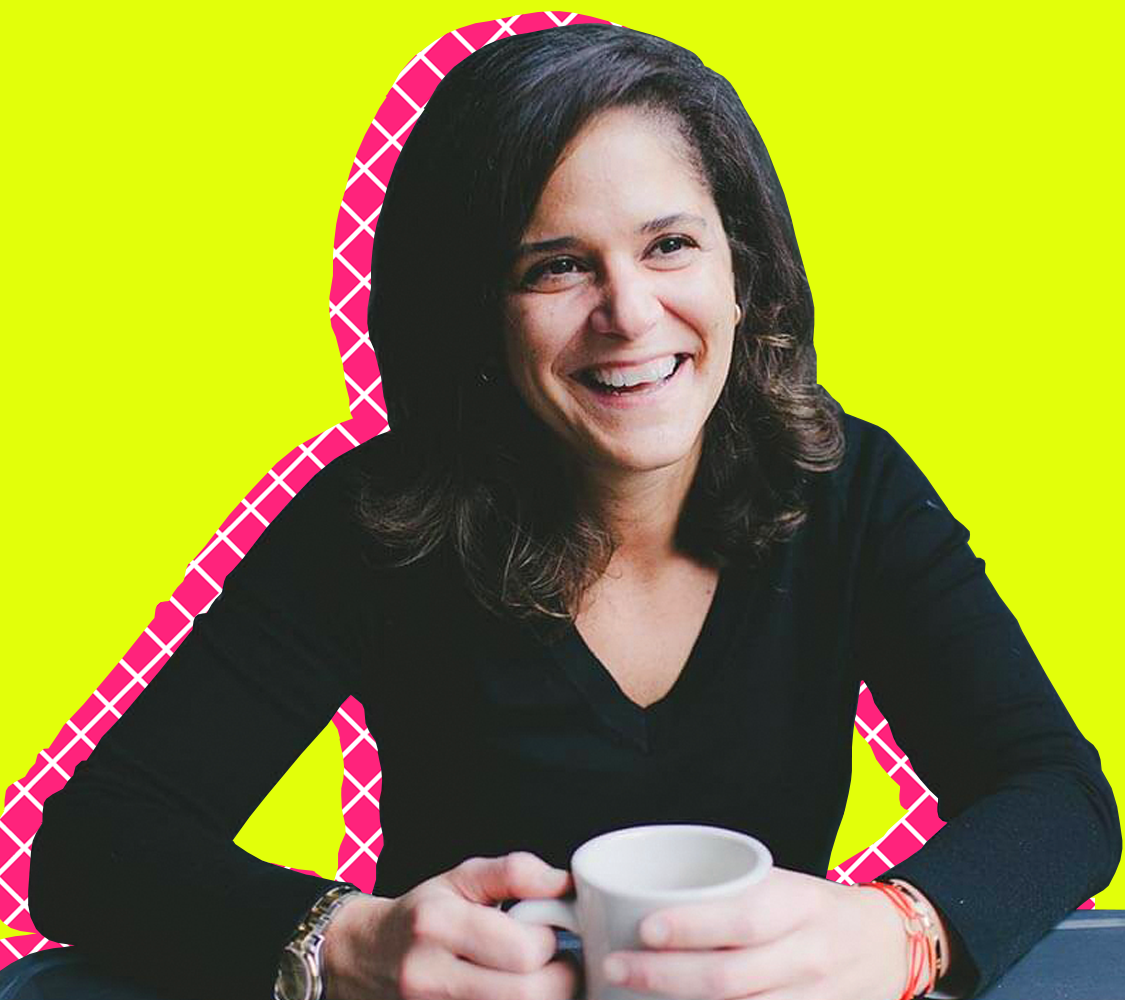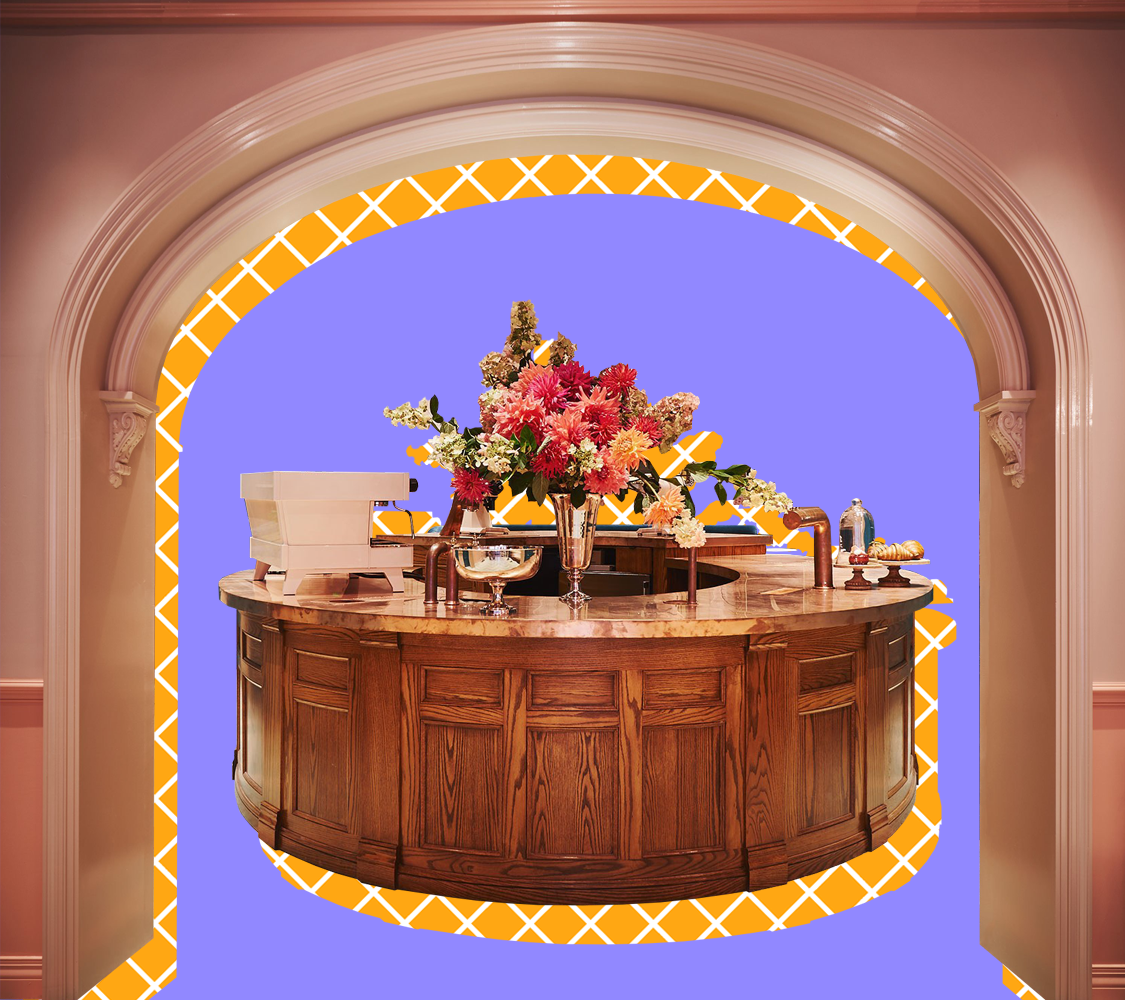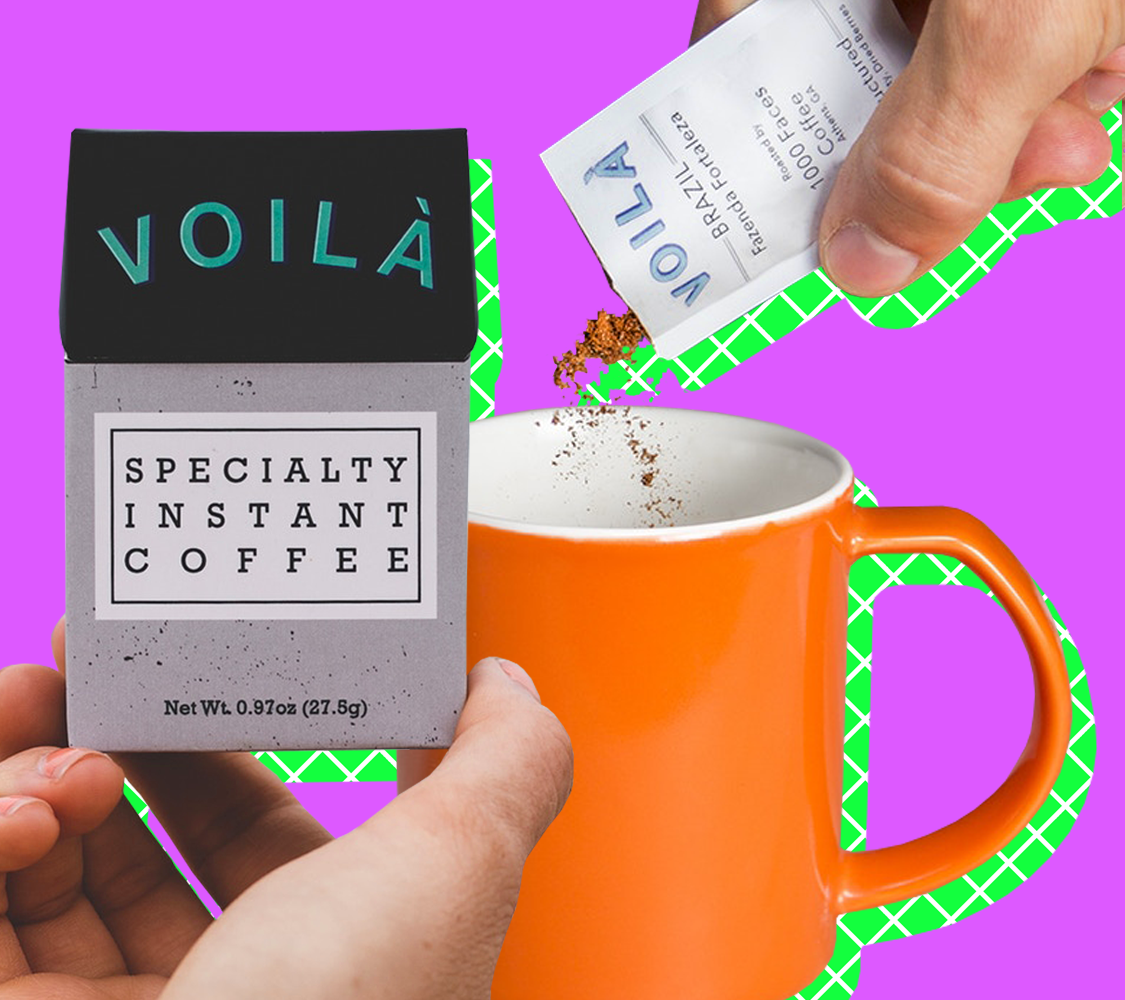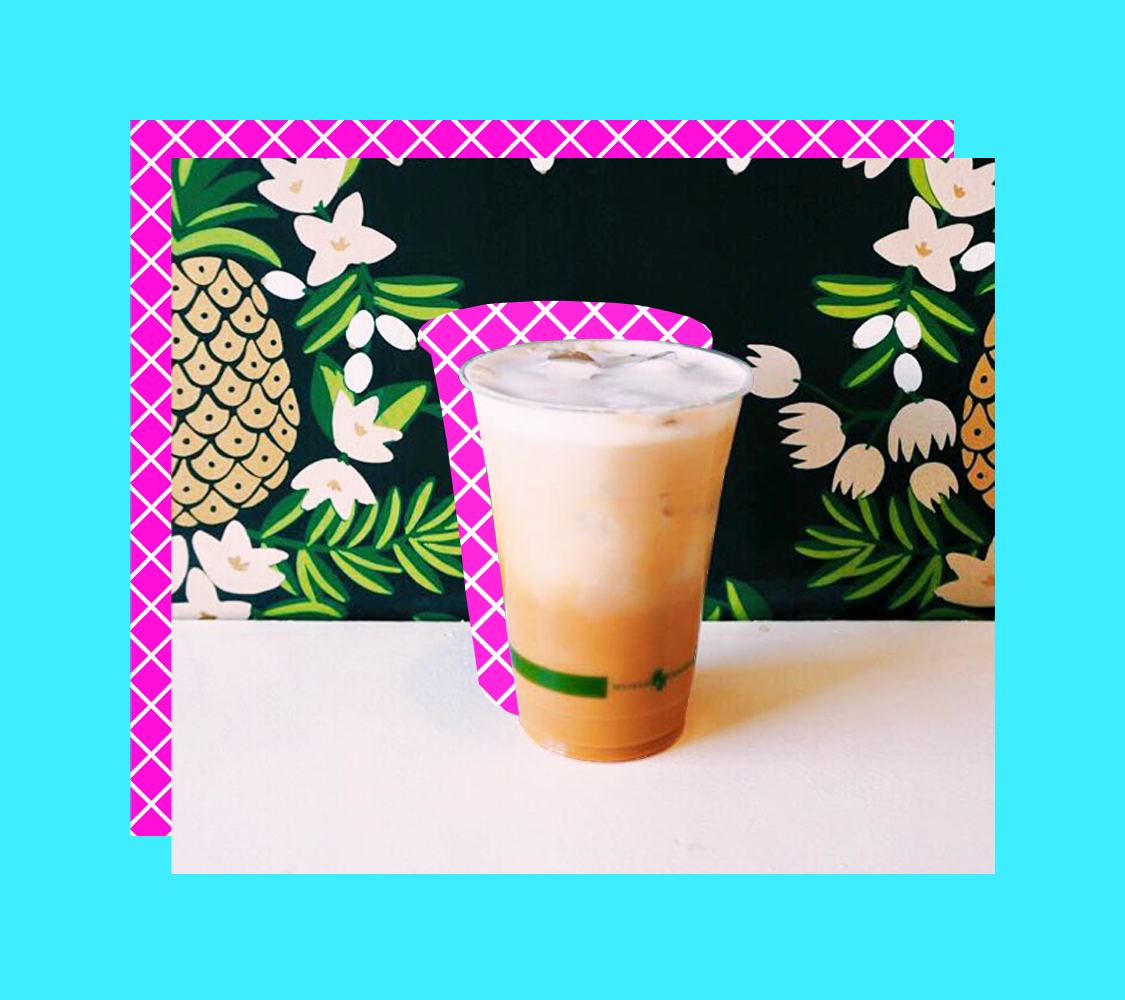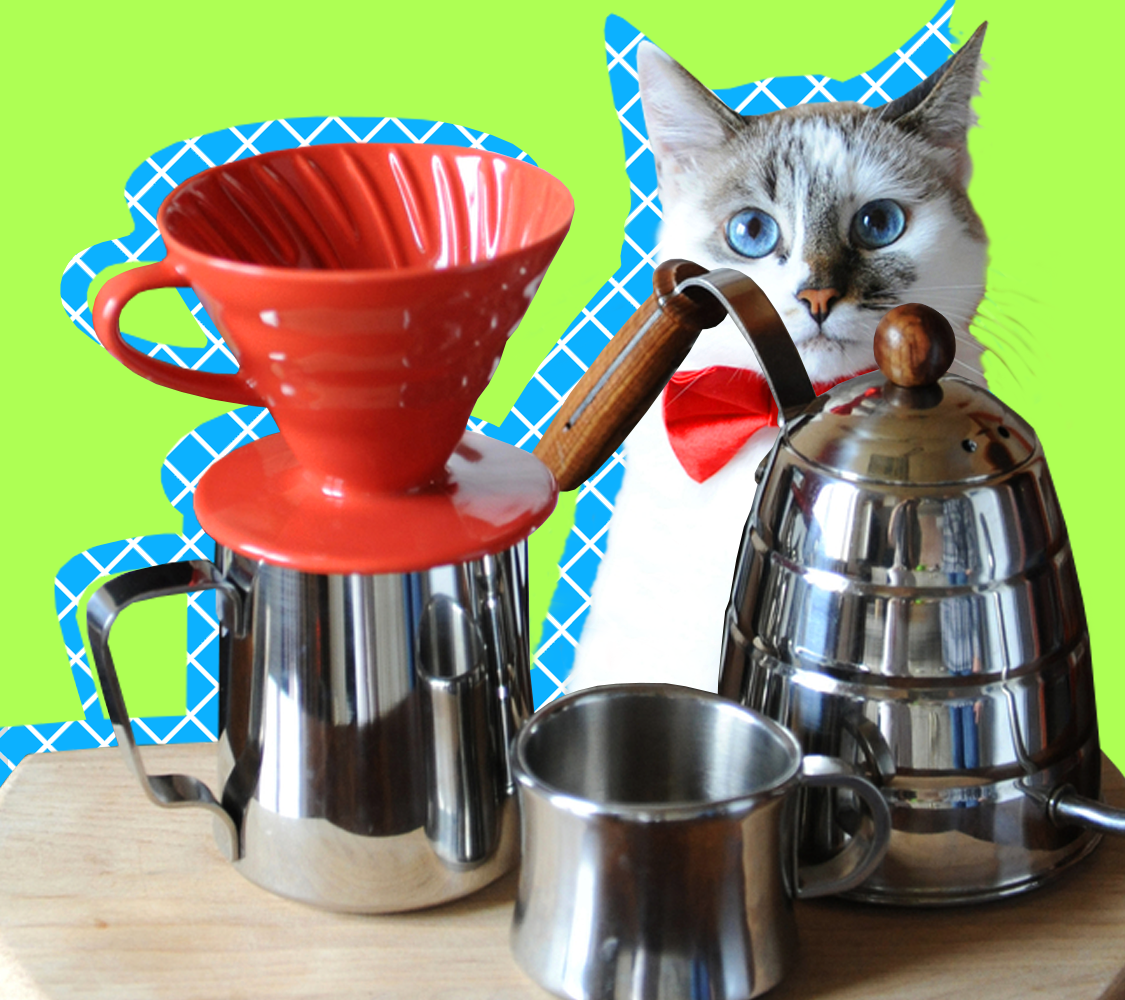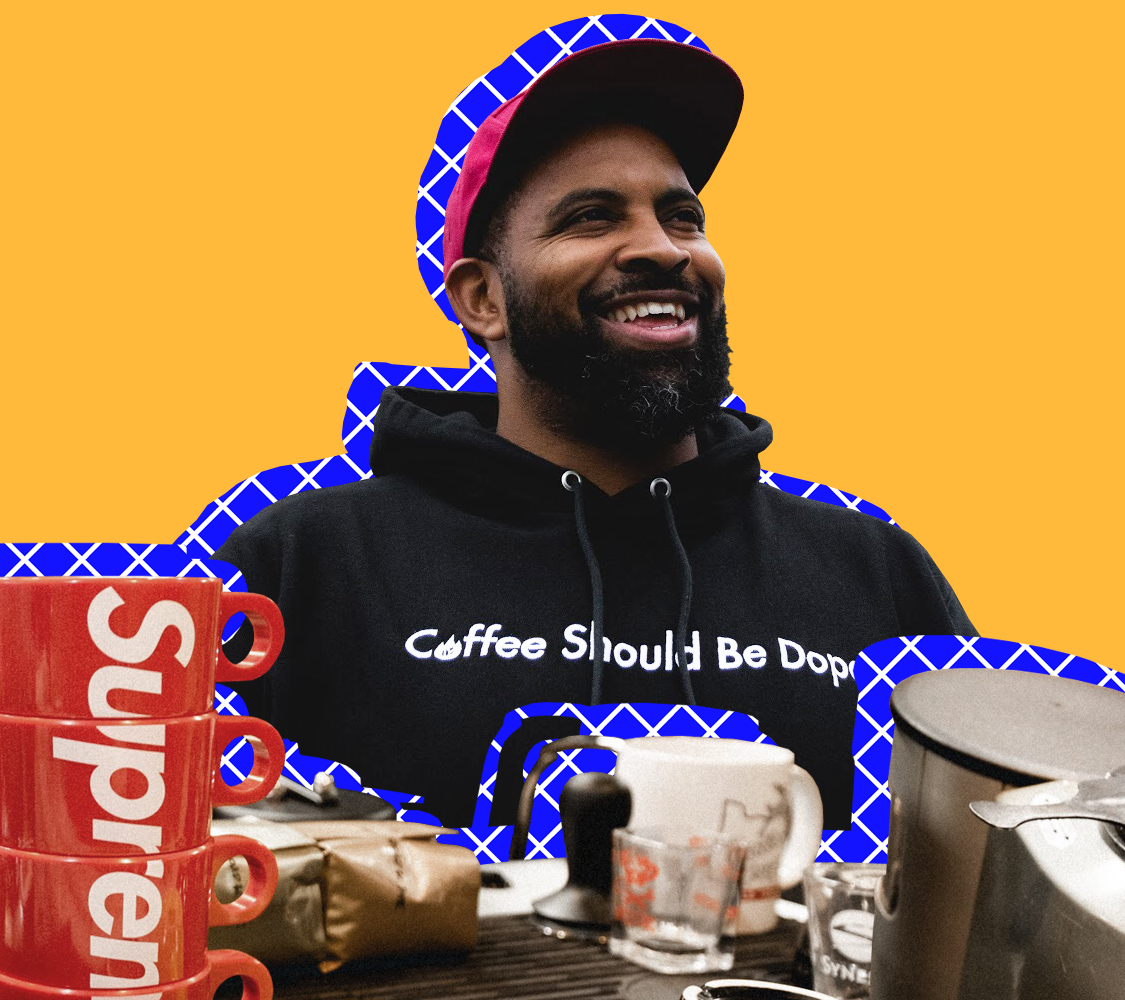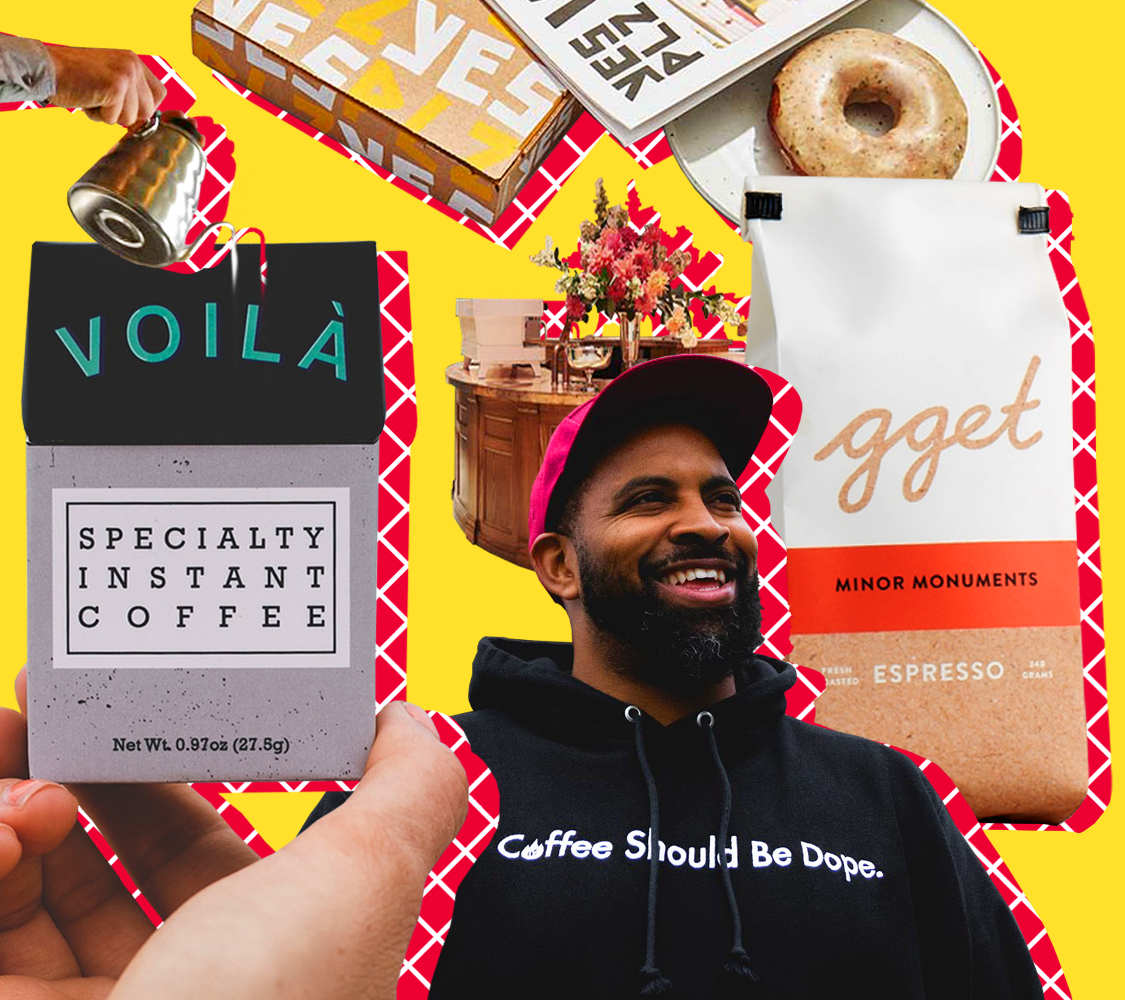
This fast-changing, wide-ranging, ever-moving coffee world, explained.
The year 2019 is one hell of a time to be investigating the world of specialty coffee. Here, Sprudge cofounder (and The New Rules of Coffee coauthor) Jordan Michelman grapples with no fewer than 10 nodes of the current coffee moment. Pour yourself a cup and pay for the refill.
1. The Future (of Coffee Farming) Is Female
Coffee’s narrative history is intrinsically tied to colonialism—wealthy European colonizers of the 16th and 17th century who propagated the crop from Java to Brazil and beyond. That also means that built into coffee’s history, past and present, you’ll find wage exploitation, racism, and sexism—and as the saying goes, these aren’t bugs, they’re features.
Redressing these disturbing historic imbalances has been one of the central tenets over the last few decades of coffee’s cultural growth around the world. Money is part of that: By paying consistently more to coffee producers than the going “C market” (the heavily regulated commodity-pricing mechanism by which coffee is traded internationally), coffee traders in the West ensure a greater financial return for their producer partners at origin. But it’s just a start.
Addressing gender equity at origin is a growing focal point for quality- and mission-focused coffee companies around the planet. The Partnership for Gender Equity, founded by the Coffee Quality Institute, is investing in gender equity at origin in a big way, with a twofold return in the form of both social impact and increased supply-chain stability. Happy families and safe environments, it turns out, make for better coffee—a novel idea worth exploring further.
There are also in the new millennia a generation of women coffee producers who have emerged as stars. Producers like Aida Batlle (El Salvador), Marysabel Caballero (Honduras), and Elisa Maria Madriñàn (Colombia) are name brands to coffee geeks, who know them first and foremost as producers pushing cup quality and creating mind-bending coffees sought after by the world’s best roasters. For Elisa Madriñàn and her project, La Palma y el Tucan, success means reinvesting in her community—she’s trained an elite all-female group of coffee pickers to select the farm’s revered Gesha coffee crop and provides training resources to farming families throughout the Cundinamarca region.
The heading of this section is somewhat misleading, because the moment for female coffee producer stars is happening right now, all around us. You should seek these coffees out at any cost.
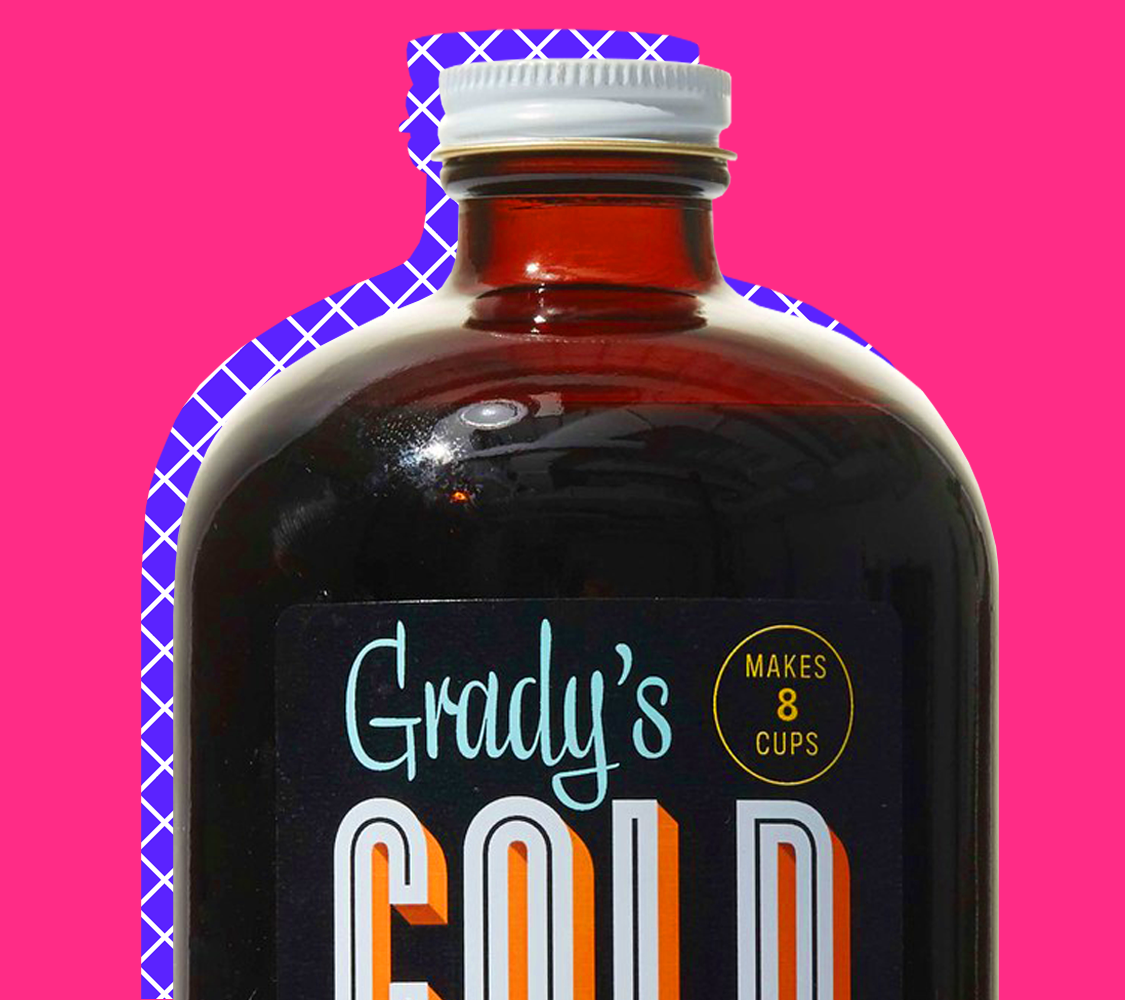
2. Ready to Drink Is Ready to Fail
Doesn’t it all feel a bit same-y right now? The same army of ready-to-drink offerings on grocery shelves, the same “springtime cold brew OMG” articles each and every April 15, and the same sinking feeling that one should have, simply, you know, ordered an iced coffee or a cold brew from a coffee bar as opposed to going with the brown Grady’s jug.
Coffee culture could stand to be a little less grab n’ go in general, don’t you think? The global RTD market for coffee beverages was valued at nearly $9 billion in 2018—that is a cluttered marketplace. And according to some sources, like Euromonitor, the next phase of RTD growth will be built around cold coffee drinks that fuse caffeine with niche dieting trends—think Bulletproof on steroids. (Oy vey.)
Doesn’t it all feel a little tired? A little uncool? RTD is mostly about function over form—we get it—but the coffee often sucks, and the waste is terrible, and it all feels a little wrong these days, like an excess of the Twenty-Teens we’ll look back on with embarrassment. A great many coffee fortunes have been made on the speculation of the RTD bubble. What happens when the bubble, like so much nitro microfoam, inevitably bursts?
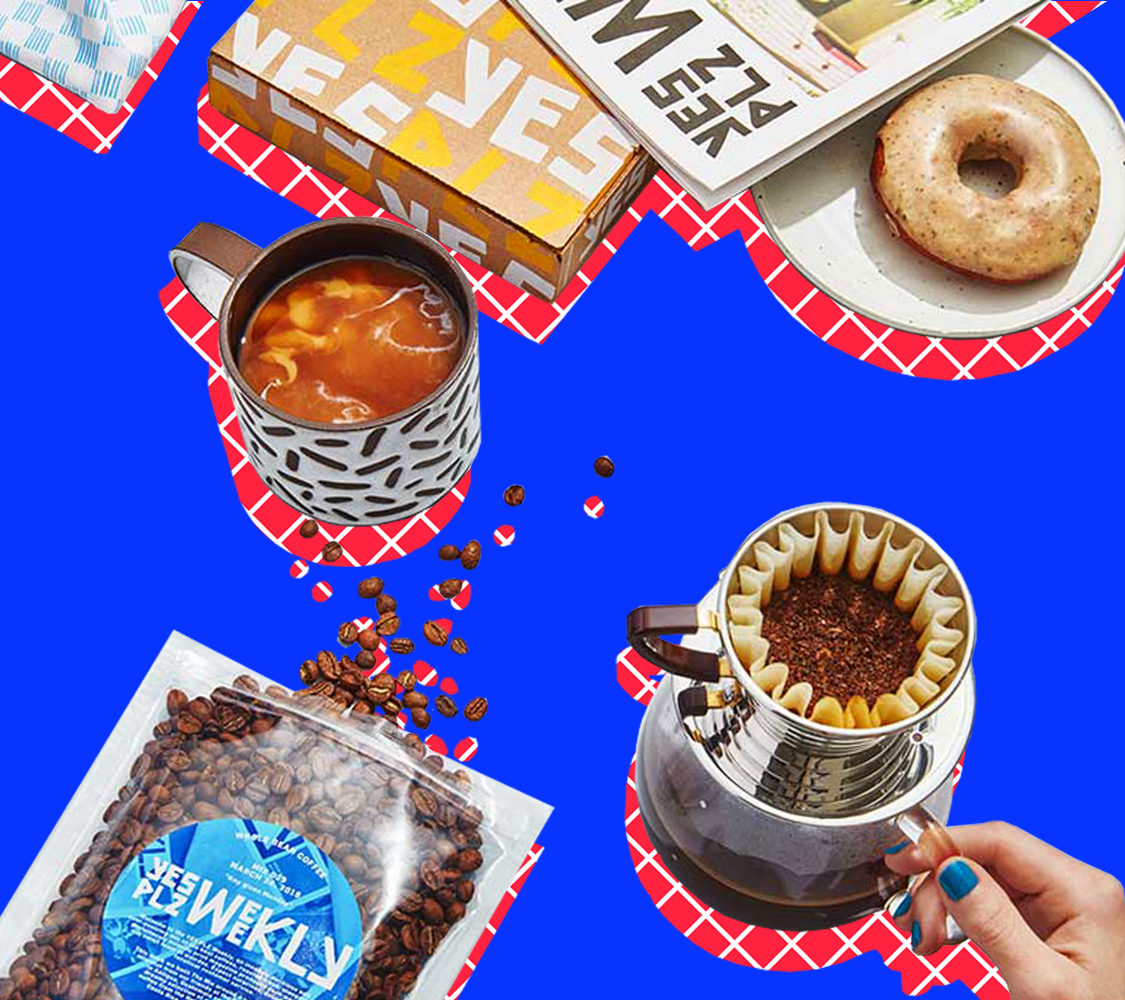
3. Coffee Subscriptions Are Absolutely Fascinating
Coffee subscriptions are nothing new, but as society gives way to the new reality of all-delivery-everything, they’re finally getting good.
Want to try a bunch of dope European roasters you otherwise would be hard-pressed to find in the United States? Check out Norway’s Kaffebox, which will happily ship Nordic roaster brands like Koppi, the Coffee Collective, and La Cabra straight to your door.
Are you into, like, print reading and 20th-century magazine culture (from Warhol’s Interview to indie pop landmark Chickfactor) alongside coffee that is highly drinkable, designed to be brewed at home in your kitchen coffeemaker without much fuss or artifice? Tony Konecny and Sumi Ali’s YesPlz is the service for you, shipping a blended bag of beans and a chill zine out weekly. Konecny and Ali have designed an ever-changing blend, dubbed “The Weekly,” designed to walk the line between coffee-loving utility and culinary delight. And it pairs perfectly with a bit of light reading.
Do you want to plug in with a single roaster brand and explore a wide range of origins? Brands like Onyx Coffee, Counter Culture Coffee, Intelligentsia Coffee, Blue Bottle Coffee, and Go Get Em Tiger offer a wide range of home subscription options, with individualized programs and quirks galore.
This might sound like futurist hyperbole, but there has literally never been a better time for home coffee delivery, and we, the coffee-drinking public, are spoiled for choice. All you need to do is remember that credit card expiration date.
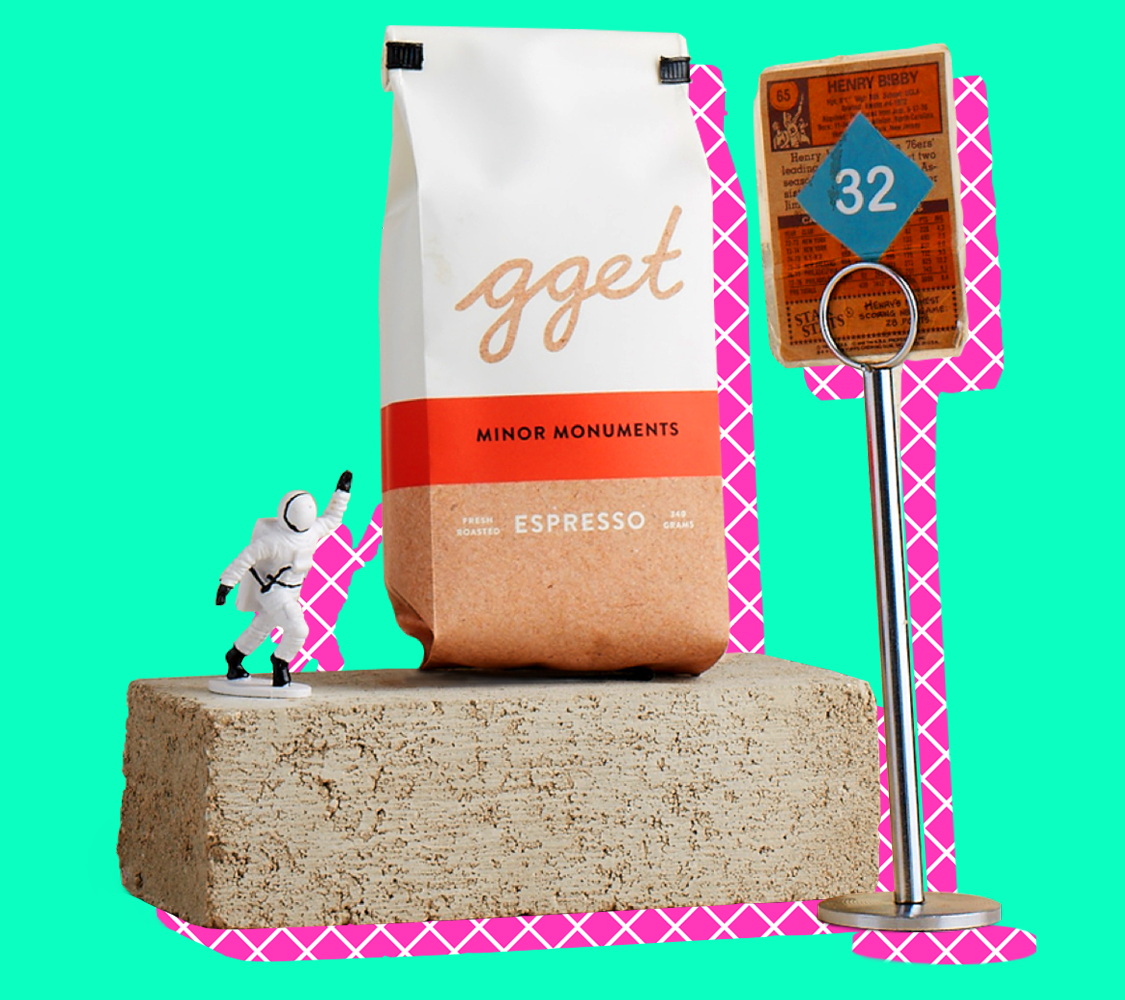
4. Everyone’s a Roaster Now
May the multiroaster rest in peace. This model—whereby a café serves coffee from a plurality of roasters—enjoyed a brief vogue at the turn of the last decade, but as 2020 approaches, it’s swiftly phasing out of style. In its place are coffee bars branching out on their own, pursuing their own roasting destiny in the form of in-house roasting programs or rented time in a collaborative setting. (Think WeWork, but instead of desks, it’s three-ton imported German roasting equipment.) This model offers brands more room for self-expression, the opportunity to create bespoke packaging that represents their brand, and perhaps most important of all, an attractive price break.
Many of the bellwether shops of the multiroaster moment (Barista in Portland, Oregon; Go Get Em Tiger in Los Angeles) are now roasting their own, and so are many other indie coffee brands. Coroasting spaces have popped up over the last few years with great success in New York City, Melbourne, Oakland, Portland, and elsewhere around the world.
Maintaining quality, however, is the tricky part. For every Go Get Em Tiger—we visit their stunning new Los Angeles headquarters elsewhere in this week’s coffee coverage—there are a dozen same-y outfits buying similarly priced green coffee and roasting on the same equipment. The bag might be cool-looking, but is what’s inside any good? And should every 400-square-foot coffee bar really be its own roaster, or would they be better served by focusing on hospitality and leaving the roasting to experts with resources—say, Counter Culture, a national company whose sole focus is wholesale roasting, or Camber Coffee, a plucky Bellingham, Washington, indie winning high-profile accounts across the West Coast.
Meanwhile, there are a few multiroaster holdouts, spots like Narrative Coffee in Everett, Washington, and Black Fox Coffee in New York City. For consumers, these bars still offer one of the purest third-wave coffee experiences: the chance to try different roasters all in one quality-focused location. I, for one, cannot wait for the multiroaster comeback.
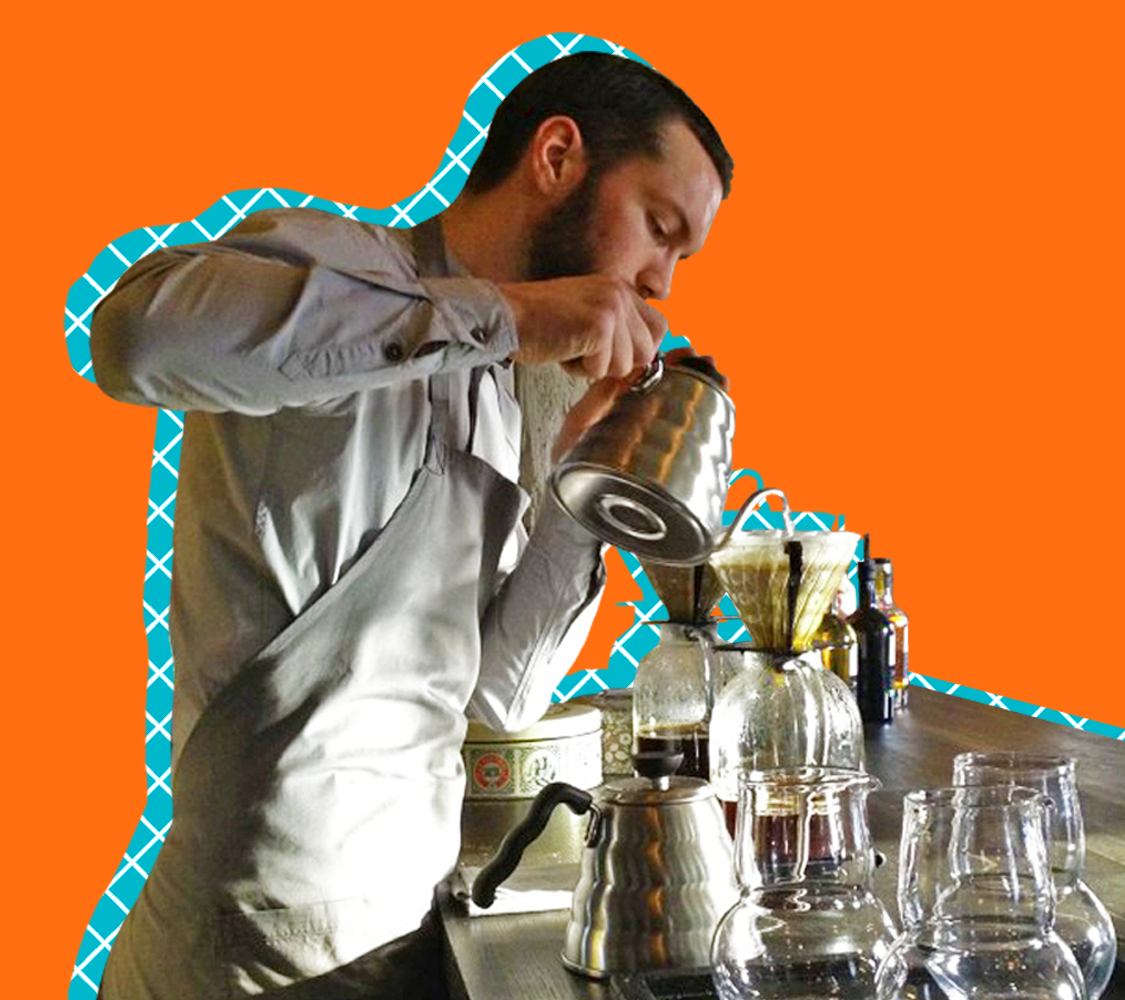
5. Coffee Wants to Conquer Fine Dining. Does Fine Dining Want Coffee?
The year was 2012. Noma founder Rene Redzepi addressed an assembly of coffee roasters in Scandinavia and boldly announced that his press and awards darling of a modernist dining experience—then, as now, considered one of the best in the world—would soon serve the world’s best restaurant coffee. Shortly thereafter, Redzepi and sommelier Mads Kleppe introduced a program built on coffee equipment from La Marzocco and beans roasted by Oslo’s Tim Wendelboe.
This almighty influence of Noma helped spark a boom in quality-focused coffee services in fine-dining settings, with American counterparts to Noma, like Eleven Madison Park (New York City) and Canlis (Seattle), keeping pace with excellent coffee programs of their own.
And then the laws of physics kicked in: For every action, there is an equal and opposite reaction. Grub Street reported that up to 30 percent of Michelin-starred restaurants worldwide used Nespresso pods for coffee service, from Waku Ghin in Singapore to Alléno in Paris, lured by the brand’s reliability and marketing of “fine-dining exclusive” coffee pods, offered only to restaurants with one or more stars (or a French Gault Millau rating above 16).
Today there is something of a detente: Few and far between are the fine-dining restaurateurs who care about their coffee service, but the places that truly excel—Single Thread in Healdsburg, say, or the Blue Hill family of restaurants in New York—have welcomed coffee into their kitchens and onto their menus as a way of life. As coffee writer Oliver Strand once opined, “It seems the ones who are going to get the most out of Noma’s coffee are Noma’s waiters and cooks.”
6. For Café Design, Maximalism Is Coming
Stunningly minimalist. Scandinavian influenced. Clean white everywhere. Coffee bars with an icy aesthetic scope abound across the international design landscape—spots where you feel out of place if you so much as spill a crumb (or even order food in the first place).
A generation of café-goers have been set up by blandly OK Ikea interiors and the all-Nordic-everything whitewash of the Kinfolk-era late aughts—when evoking the snowfall-esque quietude and emptiness of the coffee bars of Copenhagen and Oslo was considered the ne plus ultra of coffee design. Never mind if you were in, say, New York City, a city awash with design influences and home to its own joyously baroque era of Art Deco, or Brasilia, a city built from the ground up by one of the 20th century’s greatest design minds, Brazil’s own midcentury modern genius Oscar Niemeyer.
Oh, no. To look appropriately Third Wave (as a proper noun), one must create a café that would not look out of place in an Icelandic fishing village, or perhaps some Copenhagen antechamber après a Michelin meal of pickled skua cloaca and foraged bilberries.
Happily, finally, this is at last starting to change, both because the public wills it to be so and because the next round of café owners are rightly smart to differentiate. The tyranny of Scandinavian design influence is at last beginning to dissipate, bringing forward new models of who these spaces are for and how we use them.
The new freedom in café culture can look like design maximalism, like the vast Coffee Manufactory expansion in the Row in downtown Los Angeles, or at Manhattan’s new Felix Coffee, a plush and luxurious new coffee bar on Park Avenue that dares to look like it belongs on Park Avenue.
Or it can be used to bring a specific idea to life: There is no more pure and beautiful expression of this form on the planet right now than Deadstock Coffee, a café that unapologetically fuses hip hop sneakerhead dorm-room urgency with a modern expression of coffee culture.
It’s OK to make a mess and be yourself in a room like Deadstock, or wear a suit and tie into a bar like Felix. Here’s to much more of that, and to more cafés that genuinely express a sense of place and self, that dare to be excellent without having to first look like something from the latest issue of Dossier.
You do not need to be a chiseled Finnish snowboard hunk or 90-pound Copenhagen fashion waif to look right in a café these days, and thank fuck for that, truly. The pushback on Scandinavian café design is finally happening—tall poppy syndrome be damned—giving way to a new generation of café design influenced by all the things we humans are: busy, full of ideas, diverse, and alive.
7. Instant Coffee Is Now Very OK
Instant coffee, once considered a nonstarter, anathema to the third-wave coffee movement, is finding a friendly home with some of coffee’s most discerning roasters. Well-regarded brands like Joe Coffee Company (NYC), Equator Coffee (Bay Area), Brandywine Coffee Roasters (Wilmington, Delaware), and Reanimator Coffee (Philadelphia) are getting into the game, collaborating with instant coffee processors like Voila Coffee, Swift Cup, and Sudden Coffee.
It is worth noting how completely utterly unthinkable this would have been even five years ago. Fancy coffee dogma has long dictated that whole-bean coffee was your one and only option for quality; that this whole-bean coffee would need to be ground fresh for each and every brew, to exact weight specifications dictated by a byzantine myriad of conflicting recipes; and that preground coffee was more or less the devil, or at the very least evil. Pregrinding your coffee meant losing its zip, its life, the very stuff that made specialty coffee special in the first place. Indeed, there are still coffee bars today where the simple request “Do you mind grinding this up for me?” will be met with the deepest of eye rolls.
Then the disruption came, pushed first by a little Los Angeles coffee concern called G&B, whose cofounder Charles Babinski (the “B”) pushed the notion that by pregrinding and carefully weighing individual doses of coffee for espresso, one could streamline production in a way that shaved meaningful time and labor off the barista’s burden. This dovetailed with research being conducted in the San Francisco Bay Area by a guy named Neil Day, whose pioneering product, Perfect Coffee, offered consumers preground packets of coffee using a patented (and highly secret) packaging technique that ensured freshness for weeks, even months.
Perfect was soon acquired by Blue Bottle; G&B and its café and roasting brand, Go Get Em Tiger, have raised millions in private capital to expand across the Southlands. From there, it was a quick and slippery slope from rethinking preground to approaching instant coffee with fresh eyes, which is where we are today—and it could be where coffee is headed next in a big way.
The end result is a sea change for how the product category is perceived by third-wave consumers. In March and August of 2016, Sprudge published articles on Sudden and Voila, respectively, and the reader response was as though a bomb had dropped. Today, just three years later, the sight of specialty instant coffee from top-quality brands hardly draws a blink.
First a trend is shocking, then it’s adopted by the avant-garde, and before long it gets picked up by the masses. Isn’t there something sort of deliciously retro about a re-embrace of instant coffee? And here’s the neatest part: It can actually taste pretty great. Turns out that by carefully monitoring the instant coffee production process for variables (heat, weight, time) and starting out with good coffee in the first place, you can make an instant coffee product that tastes much better than the Flavor Crystals of yore.
All this trend needs now is a hook, or a celebrity spokesperson, or some kind of wider moment in the zeitgeist. Does anyone know what kind of coffee AOC drinks? She’s busy AF and could probably use some delicious instant.
8. Coffee Tourism Is Growing. Thank You, Instagram.
Rising awareness—fueled in part by the media and Instagram—has made specialty coffee the destination for a generation of global travelers. This is a major benefit to cafés like Wrecking Ball Coffee, in San Francisco’s Cow Hollow neighborhood, that have used a hybrid of industry cred and smart branding to build a successful coffee company in a highly competitive market. “We have people come in from around the world every day who sought us out because they saw us online,” says Nicholas Cho, a cofounder of the brand. “With more media coverage of coffee in general, there are more people who are interested.” Savvy entrepreneurs know that digital growth can be valuable—Wrecking Ball is currently seeking investors and will expand to Berkeley in 2019. (More on that below.)
Coffee companies like Wrecking Ball intentionally court these visitors by offering what Cho calls a “fashion wallpaper blogger element”—specifically a wrap of Hygge & West pineapple wallpaper along one side of the café, perfect for your #pineappleselfie with a friend. Similar styles have emerged at cafés in L.A. and New York, like the “But First, Coffee” neon at Alfred in Silver Lake or the very, very pink Pietro Nolita. A visit to the city is incomplete without a ’gram at these spots—the coffee becomes almost secondary.
But coffee tourism is making inroads with the culinary traveler as well. Digital coffee maps and city guides like those offered by Sprudge (and other websites) do brisk traffic; well-heeled travelers know that, for example, Tim Wendelboe is a must on a visit to Oslo, and you’re wasting your time in DTLA if you miss the iconic bar at G&B Coffee in Grand Central Market.
One of the great pulls of coffee tourism not typically mentioned on Instagram is its relative accessibility. Unlike the guy we all know who seems to live in an endless Pygmalion love affair of prix fixe—a veritable Gram-a-Lot of humblebrags and haute cuisine—one need not have a secret trust fund or some rich daddy (related or otherwise) to afford experiencing the world’s best cafés. Even the splashiest coffee bar experience tops out at, what, $20 tops? To drink literally the most delicious coffees on the planet, that’s a steal, and it’s why coffee remains one of the world’s most affordable luxuries. (Thanks, colonialism!)
You simply need to get there and hope your lewk is indeed cute.
9. Making Coffee at Home Will Always Be the Best
Trends, waves, the almighty ’Gram—these things pale in comparison to the unassailable pleasure of simply making yourself a nice coffee at home. It’s a market that in some ways resists innovation: Take, for example, the Chemex, introduced in 1941 and still a pinnacle of form and function for the home coffee lover. But for those with an interest in tech, this is a fine time to bring a little bit of upgraded kit into your home coffee routine.
Consider the home coffee brewer. Most people read that and think instantly of the brand Mr. Coffee, but with no offense meant in the slightest to the Mr. Coffee brand and its global subsidiary rights holders, there are many other products on the market capable of producing a cup every bit as good as what you might find in a nice café.
From an affordability perspective, gear by brands like Breville and Baratza makes the act of batch brewing at home both easy and inexpensive. For something with more of a design bent, you might check out machines from Technivorm (of Holland) or Ratio (of Portland). Pair any of these brewers with an entry-level home grinder from Baratza (they start at around $60), and you’ve got a repeatable, easy-to-master home coffee set.
There’s honestly nothing better than coming downstairs, weighing some beans, grinding some coffee, tossing it into a machine, and then, you know, taking a shower or whatever before returning to a nice full pot. That today’s generation of gear manages to brew delicious coffee and look great doing it is just a happy bonus.
10. The Fourth Wave? Inclusivity.
Why lie? The Scandinavian minimalist moment in specialty coffee was also pretty darn white in skin tone. The classic barista trope—square glasses, vinyl records, snotty attitude—is almost entirely represented as white. And that extends to corporate boards, advocacy groups, and trade organizations, for whom even so much as acknowledging the lack of diversity in the industry is a very, very new thing.
This is changing, and fast, as coffee intertwines with the wider social moment. Influencers like Michelle Johnson (The Chocolate Barista), Adam JacksonBey (the Potter’s House) and Erica Escalante (the Arrow Coffeehouse) are proving that the next generation of coffee pros and barista champions need not look like the last. Entrepreneurs like Ian Williams (of Deadstock Coffee) and Sarina Prabasi (Buunni Coffee) show how coffee’s next great leap will be made by those who may have been previously disenfranchised by the culture.
The aforementioned Nick Cho and his business partner and spouse, Trish Rothgeb, are doubling down on coffee’s next big trend being a move toward inclusivity. They’ve been quoted as pursuing coffee’s “fourth wave” with their upcoming shop in Berkeley, an idea defined by “making diversity and inclusion our top priority, instead of just a value.” If it sounds like a big statement, it is, but Rothgeb has some purchase on the term—she coined “third wave” back in 2003, and together the duo have some 40 years of experience on the industry’s front lines.
For our purposes, let’s take it a step further: Fourth wave means rethinking not just what the barista looks like, but the customer, too. Open doors make for better guests, and this, history teaches us, begets its own wave of innovation and experimentation. For coffee in America to remain vital, it has to continue to incorporate new ideas, new waves of young people to obsess over this drink and the multitudes it contains.
That these kids should come from across the planet, as first- or second-generation immigrants, ought to be taken as a given: This is America, after all, the greatest immigrant nation in the history of the world, and fuck anyone wrong enough to think otherwise. For entrepreneurs like Cho and Rothgeb, Williams and Prabasi and the rest, creating a space for that spark to happen—for the next Geoff Watts, whomever they may be and wherever they may be from, to walk in the door and fall in love—that speaks to the possibilities of where coffee is today, and where it’s headed next.
